Faster and More Accurate Diagnoses
One of the biggest advantages of computer vision lies in how quickly and accurately it processes medical imagery. In radiology, tools like Google Health’s AI have shown comparable accuracy to human experts in breast cancer screening while analyzing scans in seconds. This kind of speed shortens wait times and helps physicians make timely, informed decisions.
Reduced Human Error
Even the most skilled professionals can miss subtle anomalies, especially in high-volume environments. Computer vision in medical imaging acts as a second set of eyes, flagging potential issues that may go unnoticed. For instance, Aidoc’s AI platform scans radiological images in the background and alerts doctors to signs of stroke, internal bleeding, or pulmonary embolism before a physician may even open the file.
Better Patient Outcomes
Early detection of tumors, retinal diseases, or cardiovascular risks can drastically improve survival rates and long-term recovery. In surgery, AI-powered visual systems help guide robotic instruments and prevent complications in real-time.
Enhanced Operational Efficiency
Hospitals are complex ecosystems. Computer vision in medicine is now being used to monitor PPE compliance, count surgical instruments, and manage patient flows through hallways and waiting rooms.
Scalability of Healthcare Services
AI systems can analyze thousands of images simultaneously which is very important for supporting underserved or remote populations. In India, for example, cloud-based retinal screening platforms powered by computer vision help detect diabetic retinopathy at scale often in areas where no eye specialist is available. This democratizes access to essential diagnostics.
Challenges and Considerations of Implementing Computer Vision in Healthcare
Data Privacy and Regulatory Compliance (HIPAA, GDPR)
Handling sensitive patient data comes with strict obligations. Computer vision systems must be built with robust encryption, secure storage, and transparent data handling practices to meet legal standards like HIPAA in the US and GDPR in Europe. Any misstep can lead to both reputational and financial damage.
Integration with Existing Healthcare Systems
Hospitals rely on legacy software like EHRs and PACS that aren’t always designed to support modern AI tools. Integrating computer vision for healthcare requires custom APIs, data harmonization, and collaboration with IT departments — a process that can be time-consuming and costly without the right expertise.
Lack of Annotated Medical Datasets
Training high-performing AI models requires massive volumes of labeled medical images, often curated by domain experts. These datasets are hard to obtain, and labeling them is expensive and time-intensive. This scarcity slows development and makes it difficult to build models that generalize across diverse populations.
Bias and Ethics in Automated Diagnosis
AI is only as unbiased as the data it's trained on. If a model is trained primarily on scans from one demographic group, it may perform poorly on others. Ethical concerns also arise when decisions are made without human oversight, especially in high-stakes environments like cancer treatment or neonatal care.
Accuracy and Explainability of Algorithms
Even when AI is correct, it’s not always clear why it made a particular decision. Clinicians need explainable results, not black-box outputs. There's growing emphasis on building interpretable AI models and visual dashboards that help users understand and trust the system’s conclusions.
The Future of Computer Vision in Healthcare
Federated Learning and Privacy-Preserving AI
To address data privacy, more organizations are adopting federated learning, where models train across decentralized data sources without moving the data itself. Hospitals can now collaborate on AI development without sharing raw patient files, unlocking larger training sets while staying compliant.
Role of Quantum Computing in Medical Vision
Still in its infancy, quantum computing promises to revolutionize pattern recognition and complex imaging tasks. In the future, quantum-enhanced computer vision could power real-time 3D modeling of organs or simulate disease progression on a molecular level, potentially changing how diagnoses are made.
Expansion of Edge AI in Hospital Equipment
AI processing is moving closer to where data is generated. Edge AI allows devices like ultrasound machines, portable x-ray scanners, or wearable monitors to process data locally to enable real-time feedback without the need for cloud access. This is especially valuable in rural clinics or during mobile care deployments.
Open Datasets and Collaboration Between Institutions
Efforts like The Cancer Imaging Archive and UK Biobank are encouraging open access to high-quality medical imagery. Collaborative data sharing across institutions is accelerating progress, helping AI systems learn from more diverse populations and ultimately creating safer, more inclusive tools for all.
Bring Computer Vision to Life with inVerita
As computer vision continues to transform healthcare, the question is no longer if your organization should adopt it, but how.
At inVerita, we specialize in developing custom computer vision solutions that integrate seamlessly with your existing systems, even if they weren’t built with AI in mind. Whether you're looking to enhance diagnostic tools, automate clinical tasks, or improve patient monitoring, our team of experts is here to guide you through every step, from idea to implementation.
Let’s build healthcare solutions that see what matters. Get in touch with inVerita to bring intelligent vision into your software.



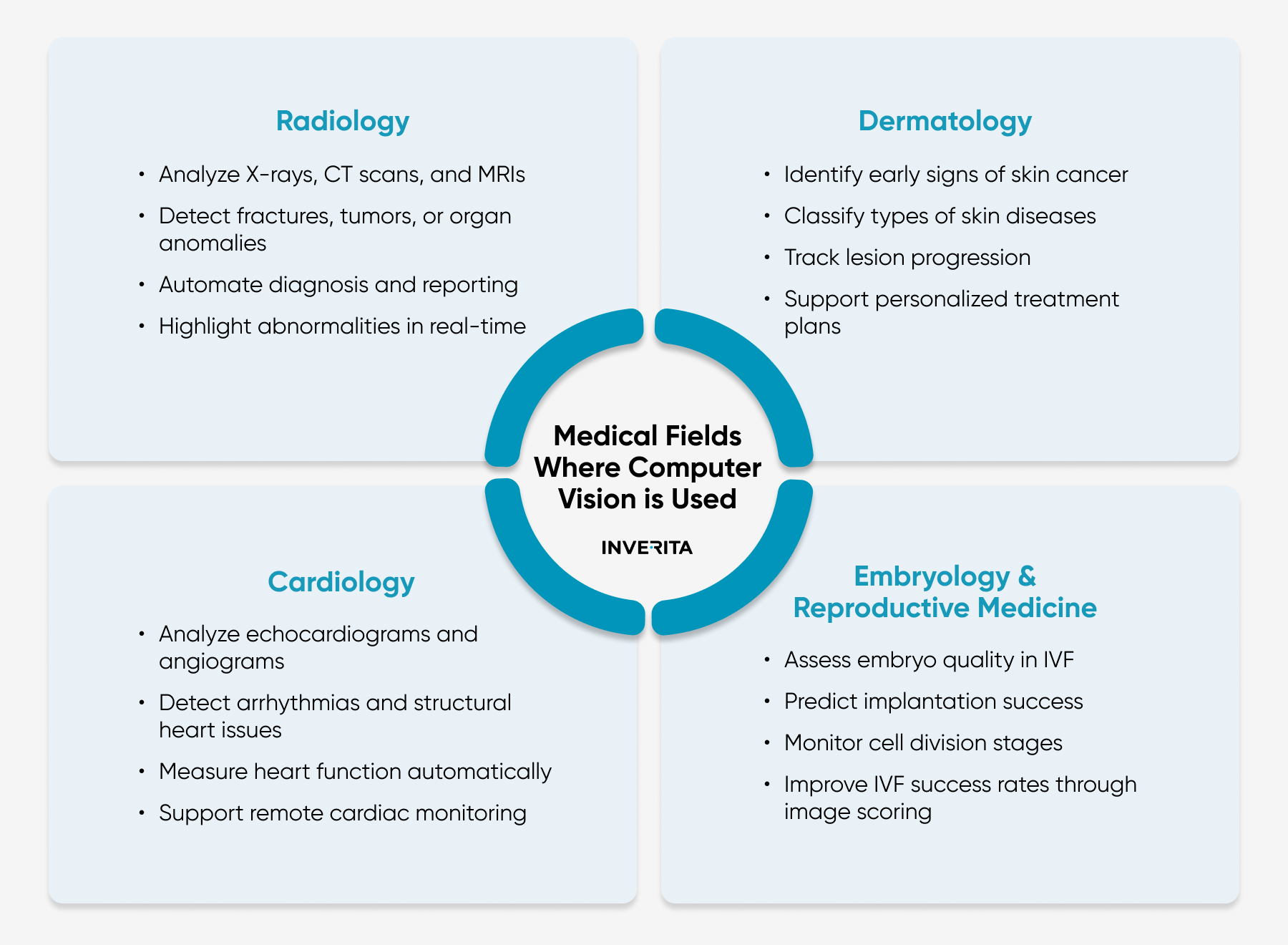
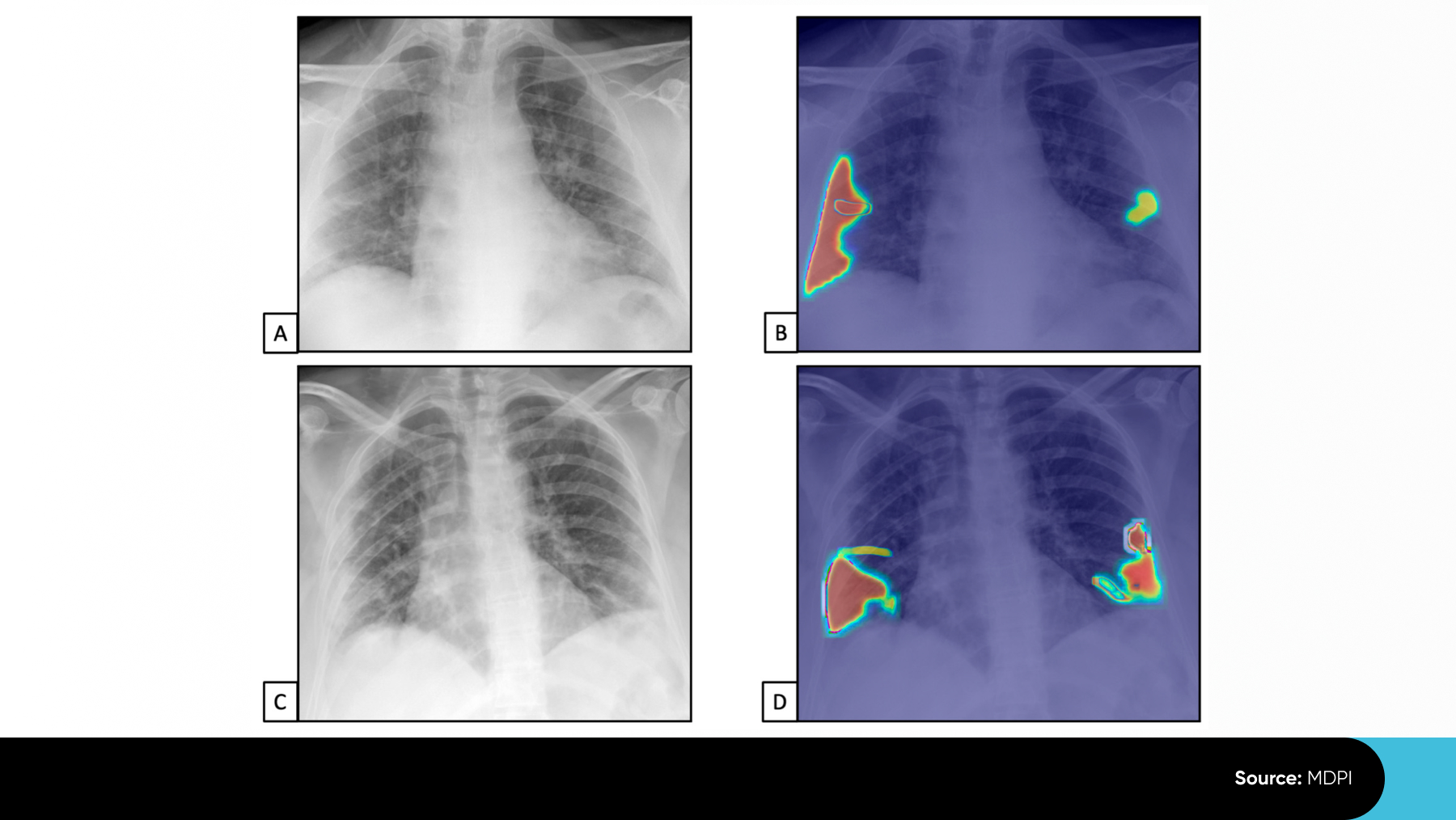
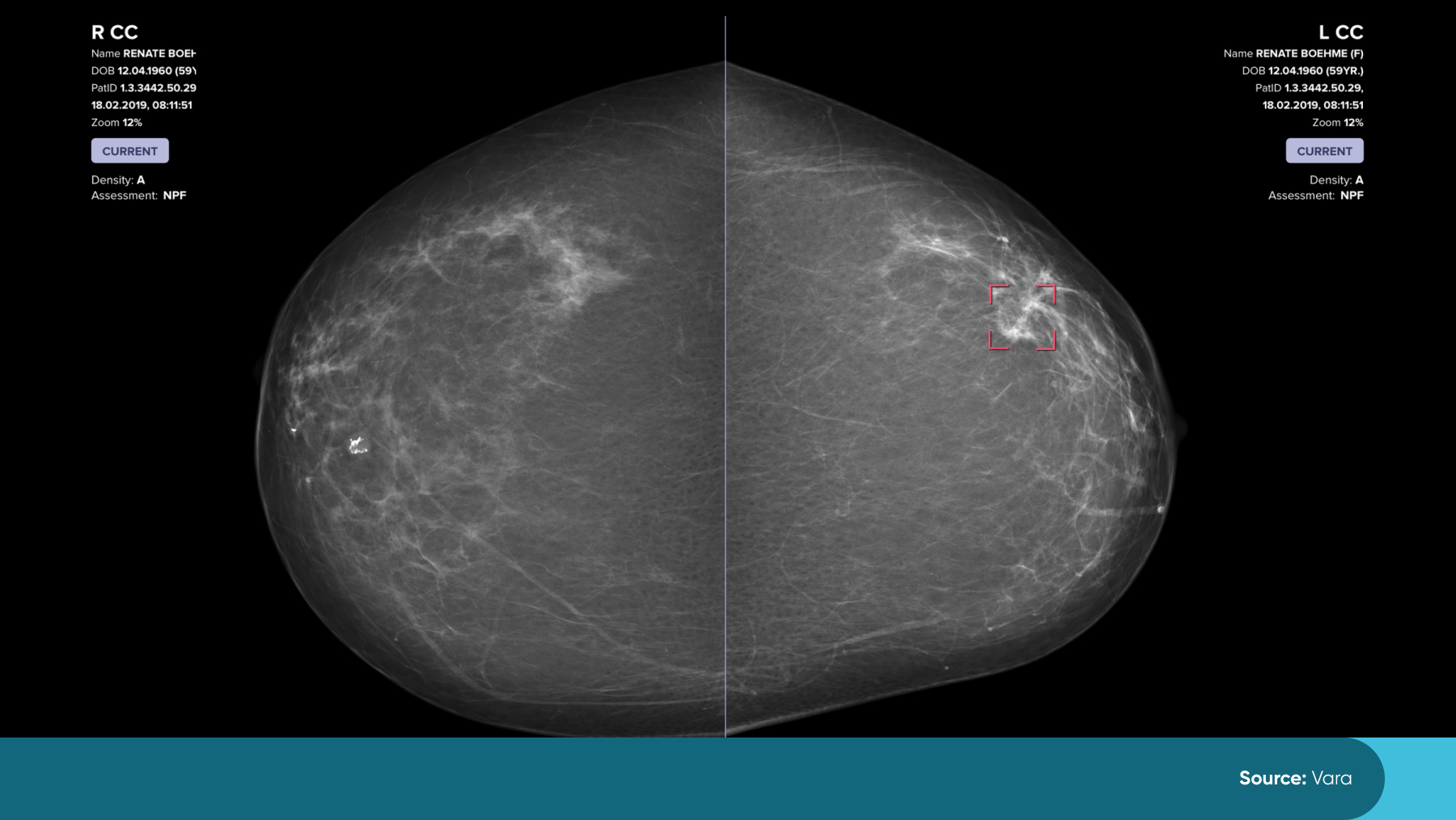
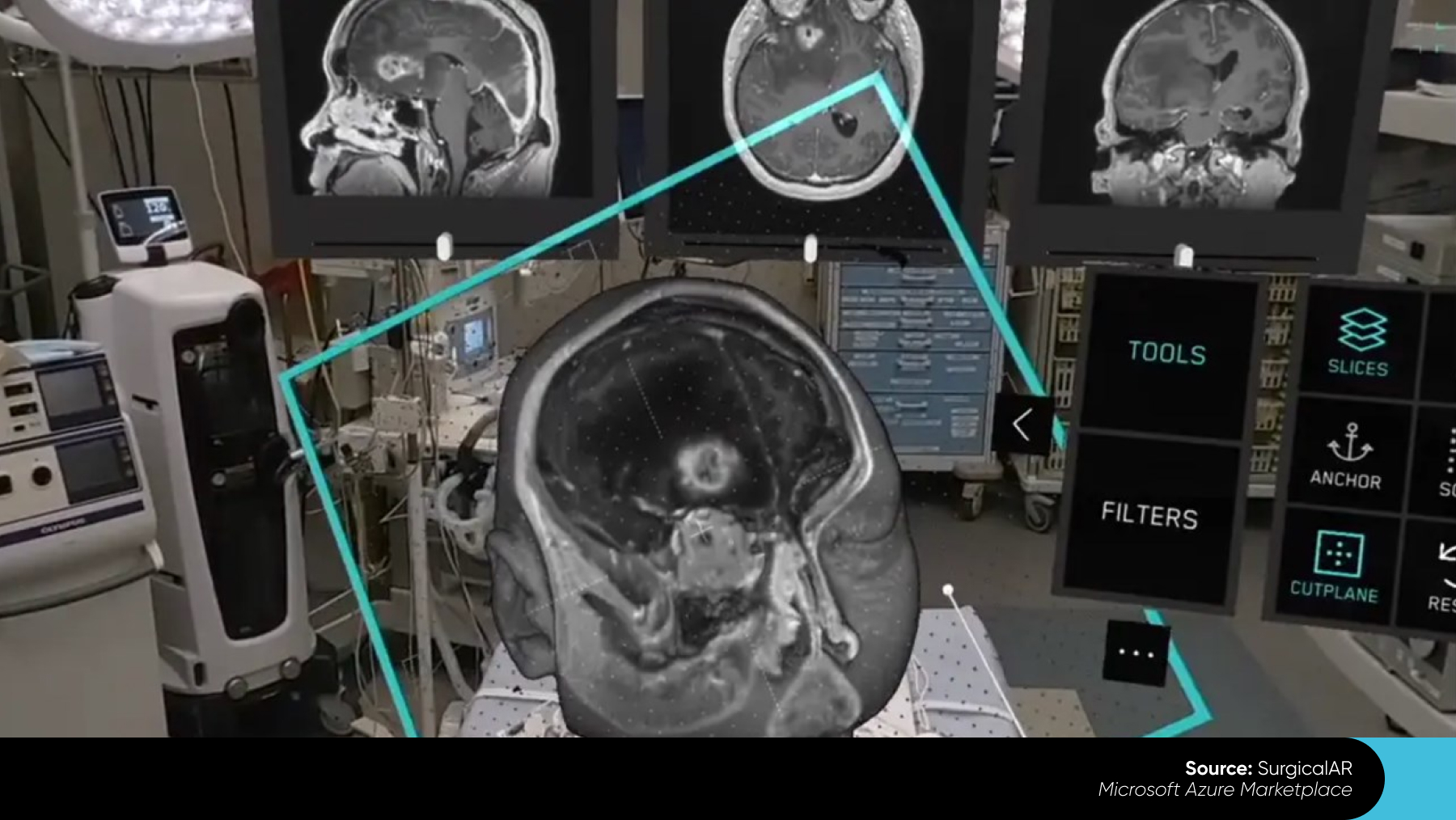
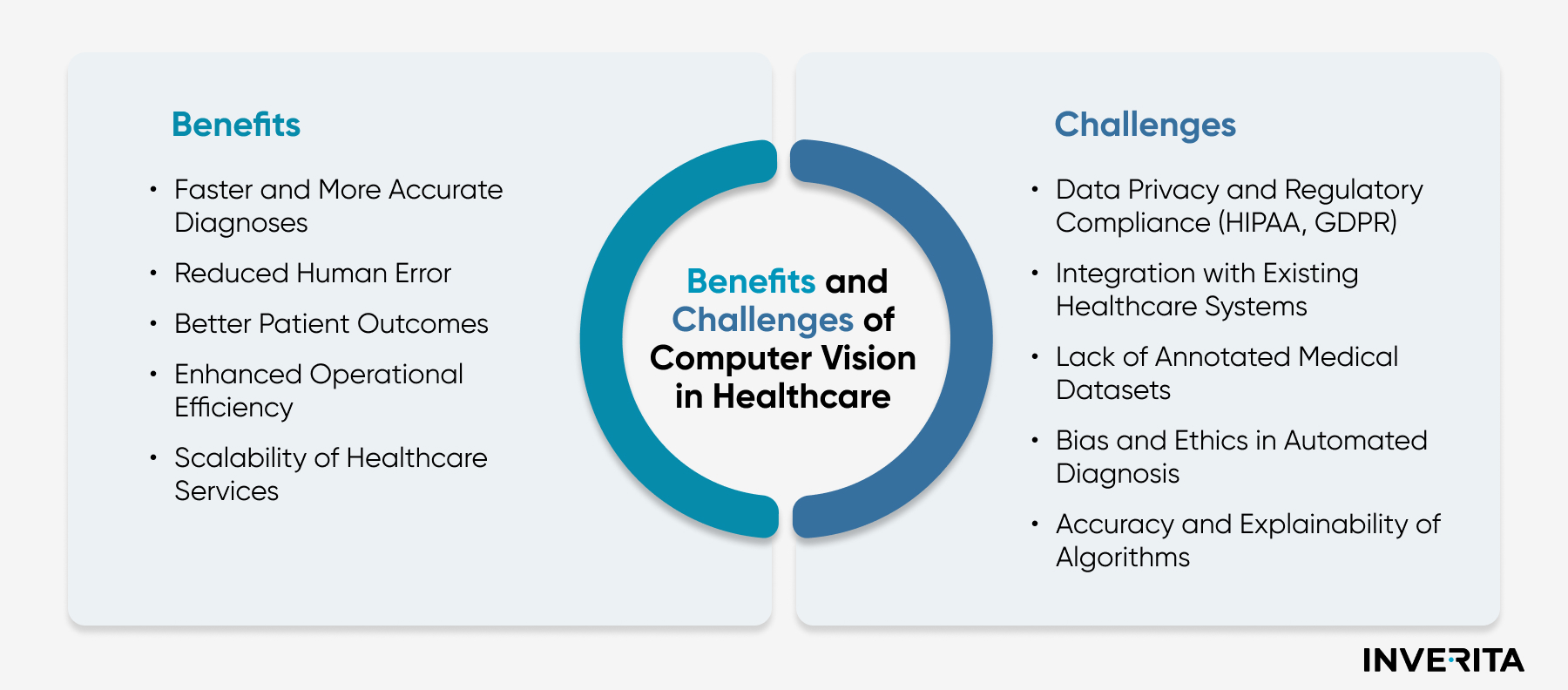
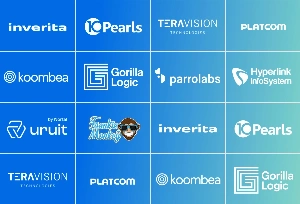

_1764586939-small.webp)